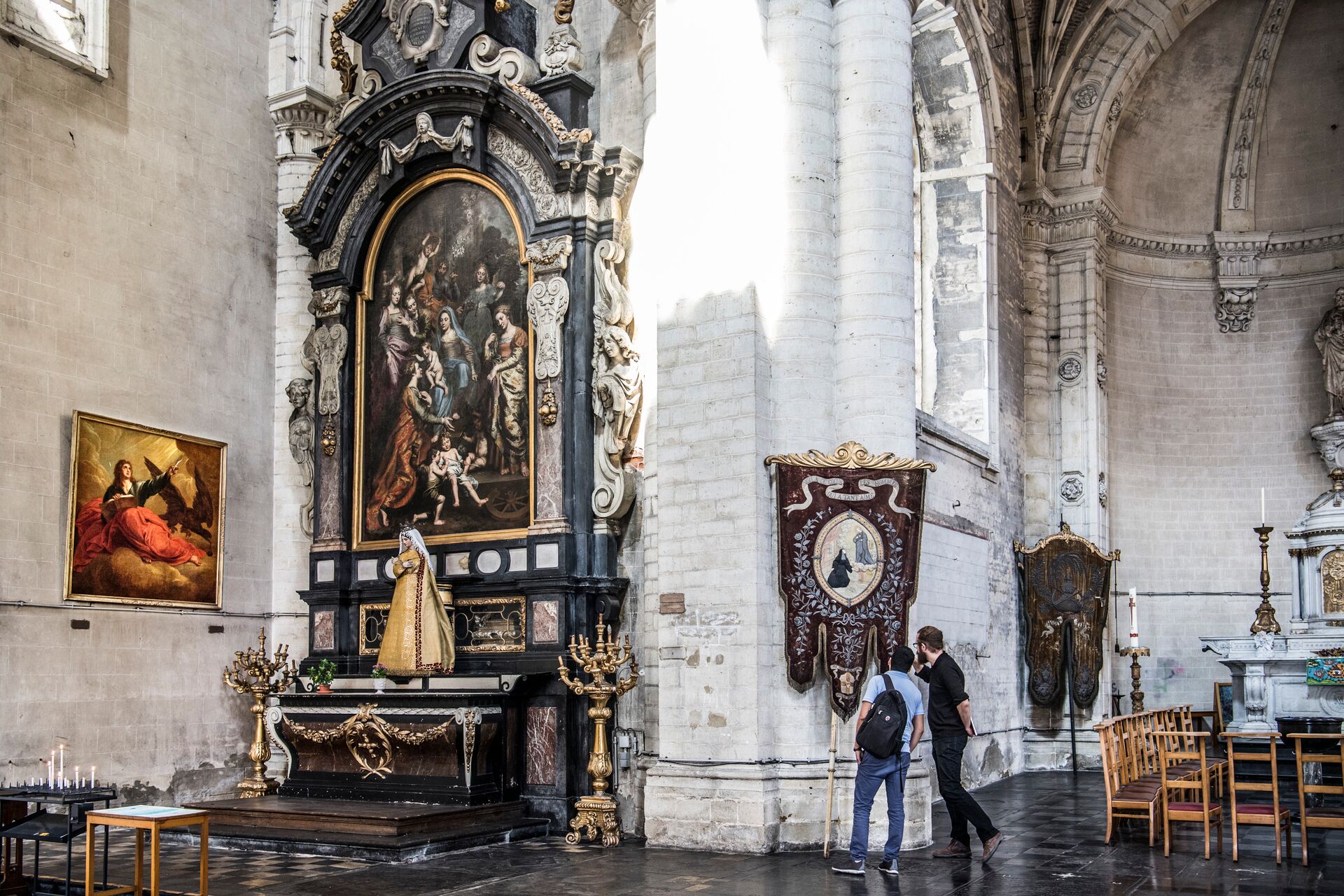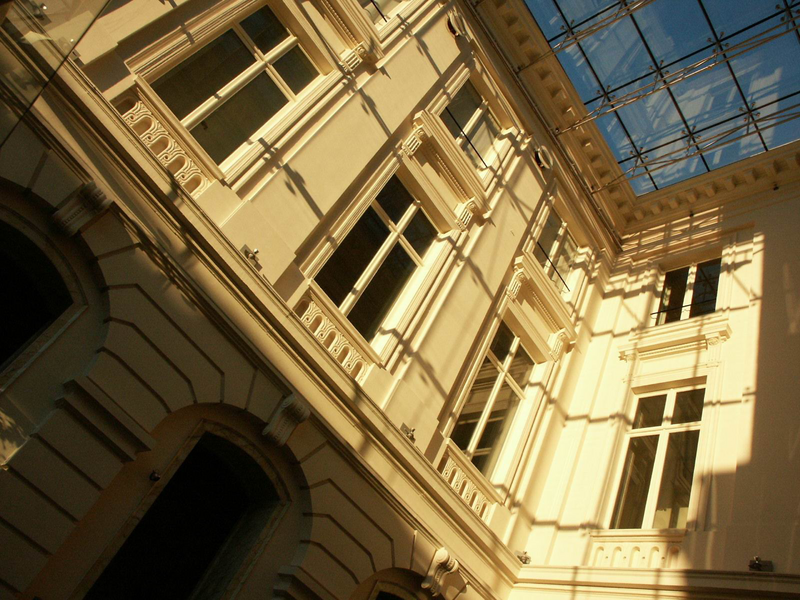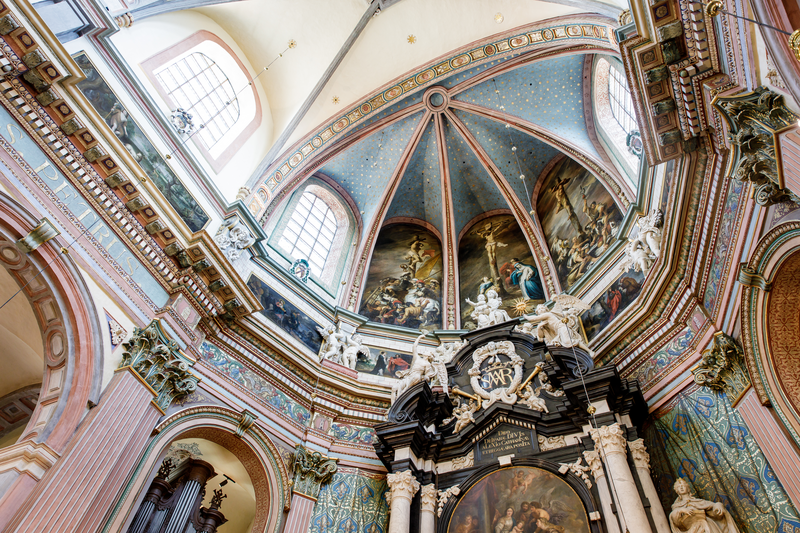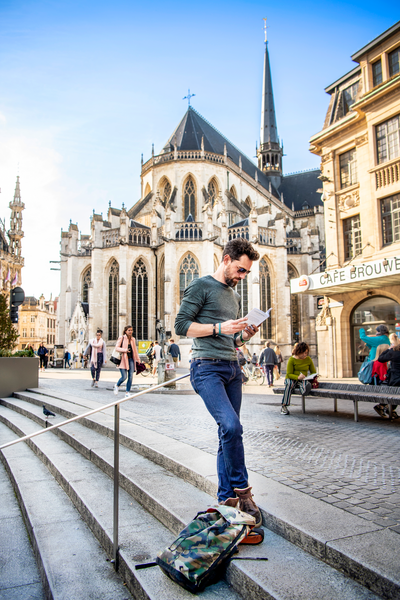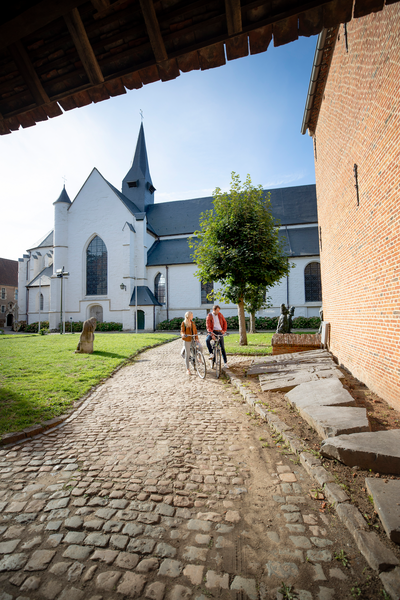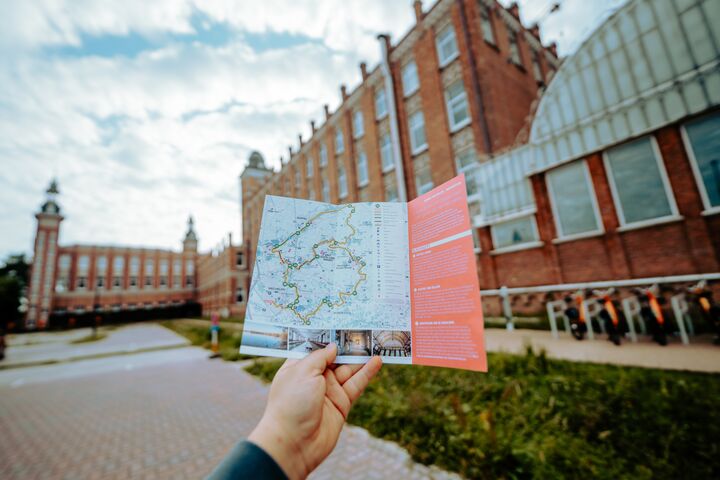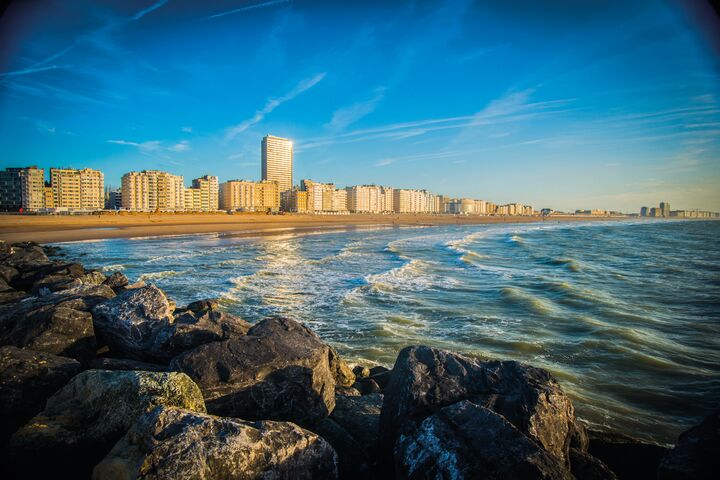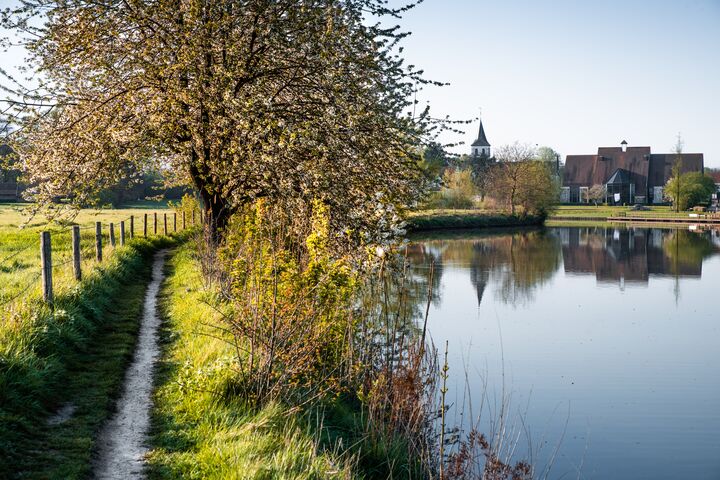At a young age, Van Loon travelled to Rome, where he was influenced by Caravaggio. You can clearly see this in his dramatic light-dark contrasts. His exceptional talent was already evident in his earliest works, which were infused with Caravaggistic elements and praised for their dramatic and emotional depth. Back in Brussels, Theodoor van Loon painted a series of masterpieces for churches and monasteries. With refined brushstrokes, he brought saints and Biblical scenes to life.
With his ability to depict the deeper meaning of religious stories, he portrayed the intense spirituality of his era like no other. Little is known about van Loon’s personal life, but the monumentality of his legacy is undisputed. This giant of painting pushed the boundaries of the Flemish baroque. You can see this with your own eyes in places such as Diest, Scherpenheuvel, Brussels, Mechelen and Leuven.
Discover the Flemish Master in these places
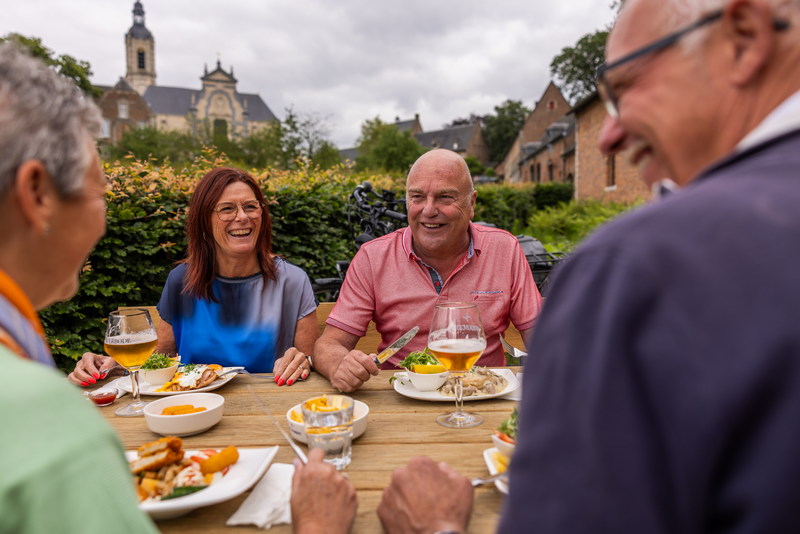
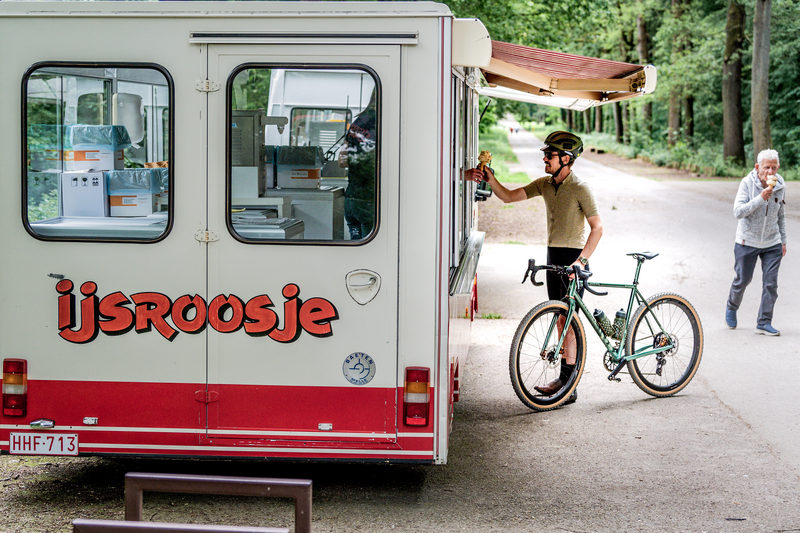
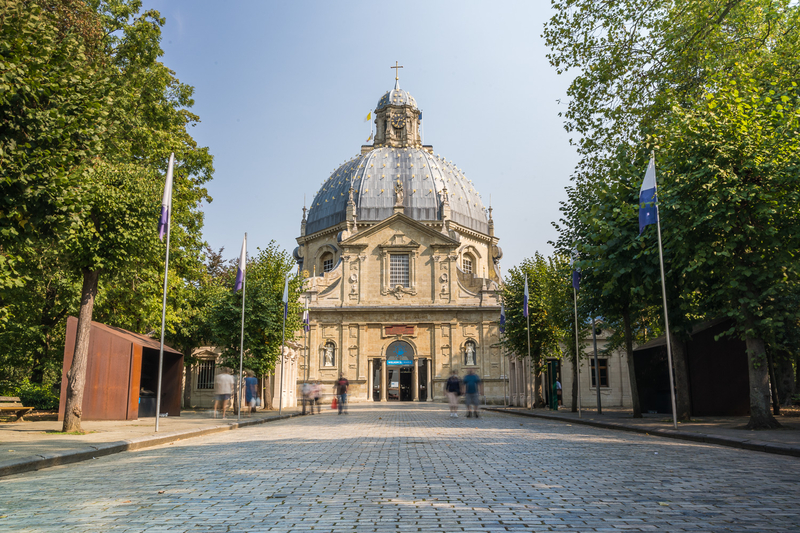
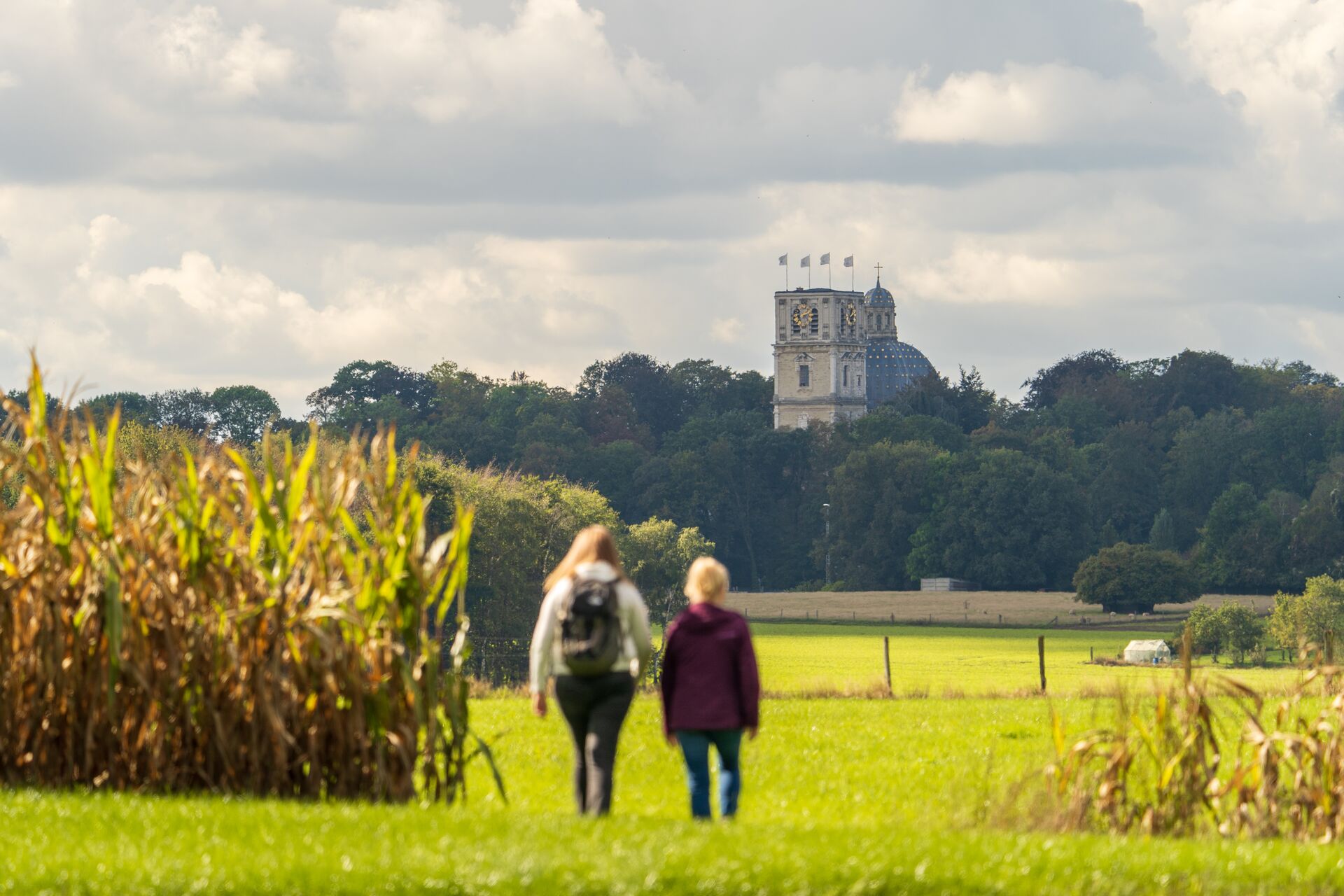
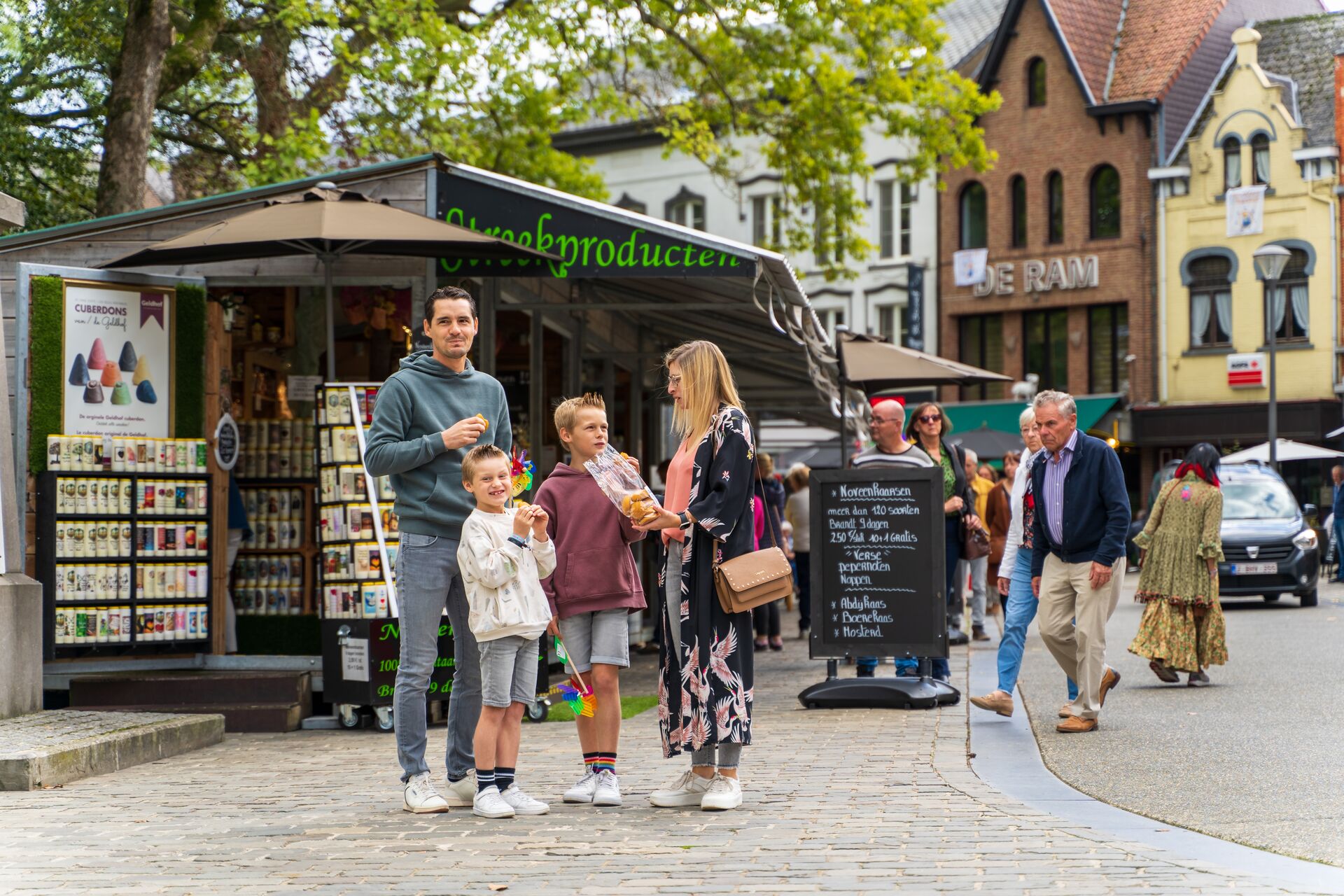
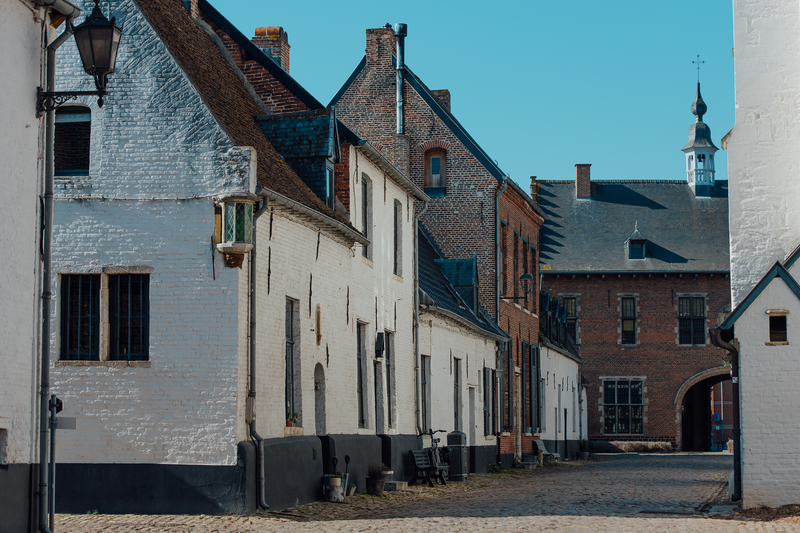
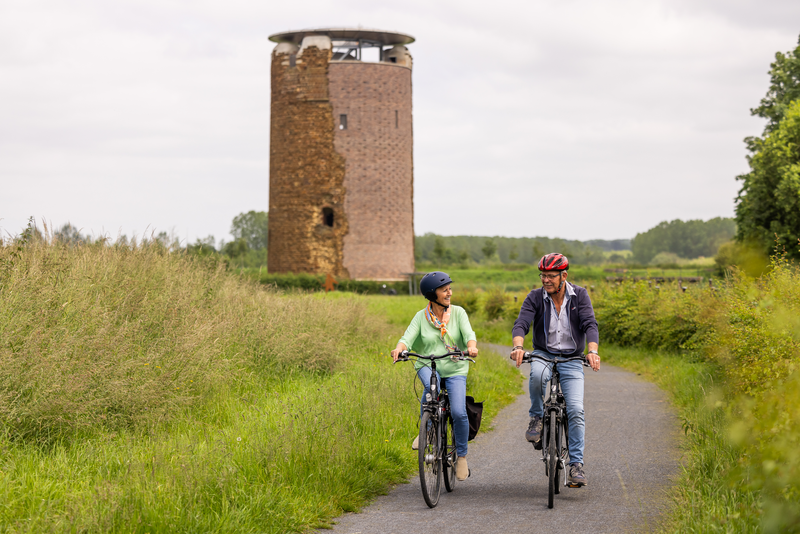
Even more inspiration for a fascinating programme More van Loon in the art cities
Not yet had enough of Theodore van Loon? From Diest, you can easily reach the art cities by train. You can find the master at the following locations.
